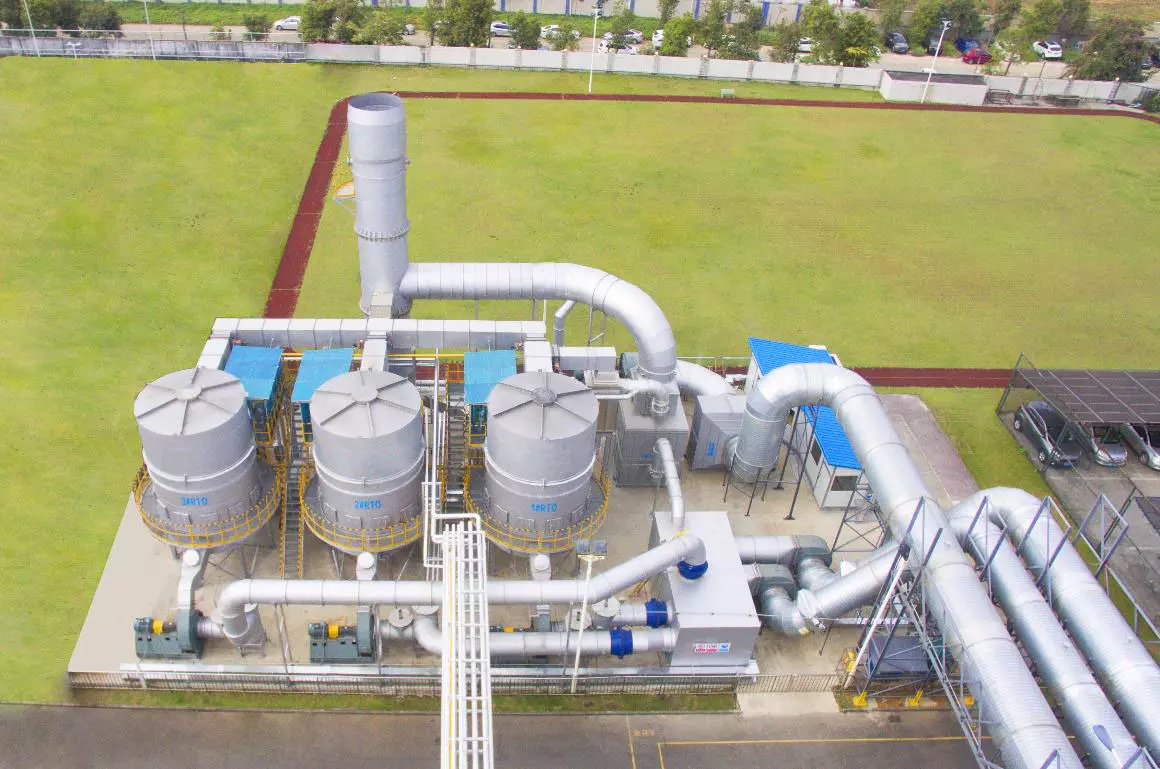What are the Technological Challenges of a Recuperative Thermal Oxidizer?
A recuperative thermal oxidizer is an industrial device that is used to treat harmful air pollutants that are released during the manufacturing process. The technology uses high temperatures to break down the pollutants into less harmful substances before they are released into the environment. While the technology has been effective in reducing air pollution, it is not without its challenges. In this article, we will explore some of the technological challenges that are associated with a recuperative thermal oxidizer.
1. Controlling Temperature Fluctuations
The first and most significant challenge of a recuperative thermal oxidizer is maintaining a consistent temperature. The temperature at which the pollutants are treated is crucial in ensuring that they are completely broken down into less harmful components. Fluctuations in temperature can result in incomplete combustion and the release of harmful byproducts. Engineers must design the oxidizer to maintain a consistent temperature to ensure that the pollutants are broken down effectively.
2. Ensuring Adequate Residence Time
The second challenge is ensuring that the pollutants spend enough time in the oxidizer to be treated effectively. The residence time is the amount of time that the pollutants spend in the oxidizer. If the residence time is too short, the air pollutants will not be fully broken down. Engineers must design the oxidizer to ensure that the residence time is adequate to treat the pollutants effectively.
3. Managing the Heat Recovery System
The third challenge is managing the heat recovery system of the oxidizer. The heat recovery system is an essential component of the oxidizer as it recovers the heat generated during the treatment process and uses it to preheat the incoming pollutants. The heat recovery system must be designed to maximize energy efficiency while ensuring that the temperature of the oxidizer is maintained at the required level.
4. Ensuring Proper Maintenance
The fourth challenge is ensuring that the oxidizer is properly maintained. The high temperatures and corrosive environment of the oxidizer can cause wear and tear on the components over time. Engineers must design the oxidizer to be easily maintained and serviced to ensure that it operates efficiently over its lifespan.
5. Meeting Emissions Standards
The fifth challenge is meeting emissions standards. Recuperative thermal oxidizers are subject to strict emissions regulations and must meet specific standards for the types and quantities of pollutants that they emit. Engineers must design the oxidizer to ensure that it meets these regulations to avoid fines and penalties.
In conclusion, recuperative thermal oxidizers are an essential technology for reducing air pollution in industrial settings. However, they are not without their challenges. Engineers must design oxidizers that can maintain a consistent temperature, ensure adequate residence time, manage the heat recovery system, be easily maintained, and meet emissions standards. By overcoming these challenges, we can continue to use recuperative thermal oxidizers to reduce harmful air pollutants in our environment.
 Oksidator Termal Rekuperatif” />
Oksidator Termal Rekuperatif” />
Technological Challenges of a Recuperative Thermal Oxidizer
Our company is a high-tech enterprise specializing in the comprehensive treatment of volatile organic compounds (VOCs) and carbon reduction and energy-saving technologies. We have four core technologies: thermal energy, combustion, sealing, and automatic control. Additionally, we have the ability to simulate temperature and airflow fields, conduct experiments on ceramic heat storage materials, molecular sieve adsorption materials comparison, and high-temperature incineration and oxidation of VOCs.
Our RTO technology R&D center and waste gas carbon reduction engineering technology center are located in Xi’an, and we have a 30,000 square meter production base in Yangling. We are a leading manufacturer of RTO equipment and molecular sieve rotary equipment globally. Our core technology team includes experts from the Aerospace Liquid Rocket Engine Research Institute (Sixth Academy of Aerospace).
Our core products are the rotating valve type heat storage oxidation incinerator (RTO) and molecular sieve adsorption concentration rotary equipment. With our environmental protection and thermal energy system engineering expertise, we can provide customers with comprehensive industrial waste gas treatment and thermal energy utilization carbon reduction solutions for various working conditions.
Sertifikasi, Paten, dan Penghargaan

- Sertifikasi Sistem Manajemen Kekayaan Intelektual
- Sertifikasi Sistem Manajemen Mutu
- Sertifikasi Sistem Manajemen Lingkungan
- Construction Enterprise Qualification
- Perusahaan Teknologi Tinggi
- Patent for Rotating Valve Type Heat Storage Oxidation Furnace
- Patent for Rotary Heat Storage Incineration Equipment
- Patent for Disc Molecular Sieve Rotary Equipment
Choosing the Right RTO Equipment
When selecting the right RTO equipment, there are several factors to consider:
- Menentukan karakteristik gas buang
- Understand the local regulations regarding emission standards
- Mengevaluasi efisiensi energi
- Pertimbangkan operasi dan pemeliharaan
- Menganalisis anggaran dan biaya
- Pilih jenis RTO yang sesuai
- Pertimbangkan faktor lingkungan dan keselamatan
- Conduct performance testing and verification

We provide a one-stop solution with a professional team to customize RTO solutions for customers.
Proses Layanan Kami
- Consultation and evaluation: preliminary consultation, on-site inspection, requirement analysis
- Design and plan formulation: scheme design, simulation and modeling, scheme review
- Produksi dan manufaktur: produksi khusus, kontrol kualitas, pengujian pabrik
- Installation and commissioning: on-site installation, debugging and running, training service
- Dukungan purna jual: perawatan rutin, dukungan teknis, pasokan suku cadang
Penulis: Miya
